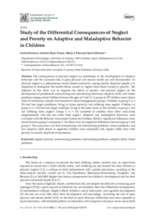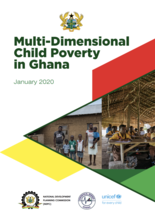Displaying 131 - 140 of 501
The premise of this paper is that Indigenous peoples are multiplicatively oppressed and that these intersecting sites of oppression increase the risk of Indigenous peoples in Canada becoming homeless. The study found that Indigenous identity, involvement in the child welfare system, and level of educational achievement were all significantly associated with experiences of hidden and visible homelessness.
The premise of this paper is that Indigenous peoples are multiplicatively oppressed and that these intersecting sites of oppression increase the risk of Indigenous peoples in Canada becoming homelessness. Hypotheses were tested using the 2014 panel of Canada’s General Social Survey, including 1081 Indigenous peoples and 23,052 non-Indigenous white participants.
This research explains how and why homelessness occurs among youth with serious mental health struggles after aging out of residential and transitional living programmes.
In this article, the authors examine theoretical and legislative conceptualizations of child neglect in terms of their relationship to the disproportionate involvement of Indigenous children in child welfare across Canada and, more specifically, in Quebec.
Focusing on the life histories of children and young people living in residential care, this study explores the circumstances of their entry into residential care and their interpretations of these experiences.
The objective of this study was to compare the effects of poverty and physical neglect on the development of problematic externalizing and internalizing behaviors, adaptive skills, and school problems among school children between the ages of 3 and 12.
The aim of this study is to understand the complexity of child poverty in Ghana by investigating children's access to various goods and services crucial for their long-term development.
This article from the Canadian Journal of Family Law finds that an Australian version of the Indian Child Welfare Act (ICWA) of the United States is feasible and could significantly reduce Indigenous child removals and the break up of Indigenous families and communities in Australia.
The Center for the Study of Social Policy (CSSP) and the University of Houston Graduate College of Social Work have collaborated to create the upEND movement, a grassroots advocacy network designed to tap into work already being done and spark new work that will ultimately create a society in which the forcible separation of children from their families is no longer an acceptable solution for families in need.
This toolkit is designed to give resources and tips to child welfare agencies, other government agencies and nonprofit organizations, so they can better serve all African American grandfamilies.




